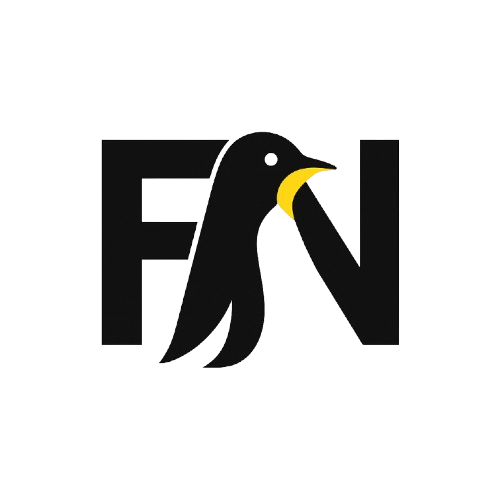For the uninitiated, a desktop environment is the first thing you see when your computer is ready for you to use. Windows and Mac users usually find the concept confusing, because both of these operating systems come pre-installed with their proprietary desktop environments.
Best Linux Desktop Environment For Noobs
With Linux, you get to cherry-pick each element of the UI that you want to place on your system. And that’s also made possible because of the different open-source desktop environments that are at your disposal!
- Gnome – A complete package and the best desktop environment for beginners
- XFCE – This is a very lightweight DE with the ability to add a lot of animations and UI customizations
- LXDE – Another lightweight DE, except the animations
- KDE – The most feature-rich desktop environment. KDE can give you superpowers!
- Mate – This is the old default DE on our well-loved Ubuntu alternative – Linux mint
- Cinnamon – The new default on Linux mint.
1. GNOME – Best Beginner-Friendly Desktop Environment


Official website: https://www.gnome.org/
Themes: https://www.gnome-look.org/
If you’ve ever used Linux, you know GNOME. This desktop environment has been an old friend of all those who wanted to transition from Windows to Linux. It’s easy, very beginner-friendly, and has just about anything that you’d expect from your desktop environment right out of the box.
2. XFCE – Best Lightweight Desktop Environment


Official Website: https://xfce.org/
Themes: https://www.xfce-look.org/
Have an old computer that you want to resurrect, or just love the ability to have more free memory for other applications? This desktop environment is for you. Configure it right, and you can get XFCE to run in less than 150mb of RAM at startup! I’ve been able to get it to 300mb with a lot of animations and UI modifications.
3. LXDE – Best Desktop Environment for Lower End Computers


Official Website: https://wiki.lxde.org/en/Main_Page
Themes (GTK themes): https://www.gnome-look.org/p/1013967/
Lightweight and Low-resource can be considered the same, but in this case, there’s a difference. XFCE is a lightweight desktop environment even with a whole lot of built-in customizations and UI perks. LXDE, on the other hand, is a DE that is built to be as low-resource as possible. You certainly can add animations, but they need to be downloaded separately.
4. KDE – The Super-DE of Linux


Official Website: https://kde.org/
Themes: https://store.kde.org/
I call it the super DE for a reason. If you compare KDE with a group of people, KDE is the richest and the heaviest one. In terms of UI customization, KDE has it all. From transparent windows to blurred backgrounds, glass-look, to animations, and much more.
5. MATE – For GNOME 2 Lovers


Official Website: https://mate-desktop.org/
Themes: https://mate-desktop.org/themes/
People hated Gnome 3. And since Gnome 2 was no longer actively supported, the community came up with their own Gnome 2 fork, MATE.
MATE was created as a response to the drop in user experience when Gnome 3.x was launched. Being a fork, it’s very similar to Gnome’s predecessor and adds more features along with additional community support. This desktop environment caught attention when Linux Mint used MATE instead of Gnome 3 for its user interface.
6. Cinnamon – The Linux Mint Default


Official Website: https://cinnamon-spices.linuxmint.com/
Themes: https://cinnamon-spices.linuxmint.com/themes
This one for the traditional lovers. Cinnamon gives your desktop a very traditional, stable, and elegant look. The desktop looks very similar to GNOME, with a scrollable menu, and a very Windows-style look. This entire look and feel make it easy for people still working on Windows 7 or older due to hardware limitations.









